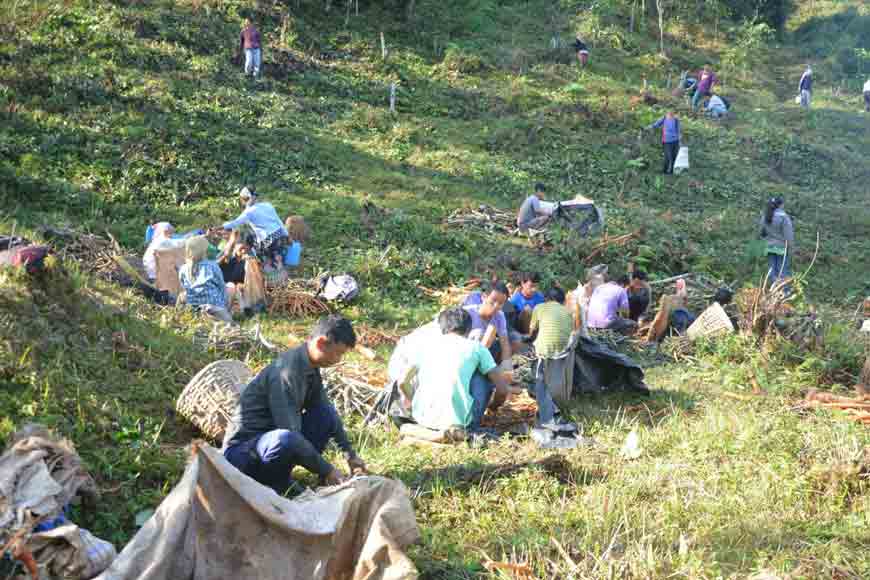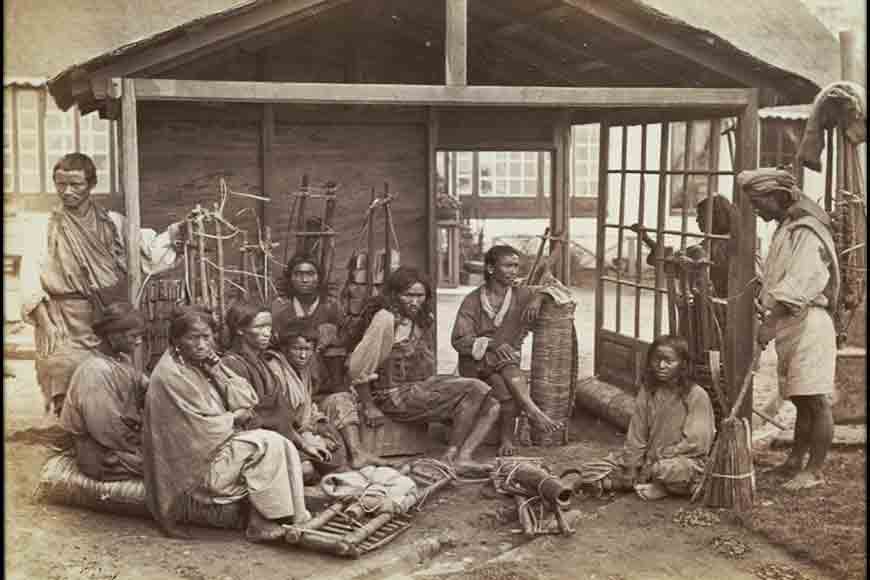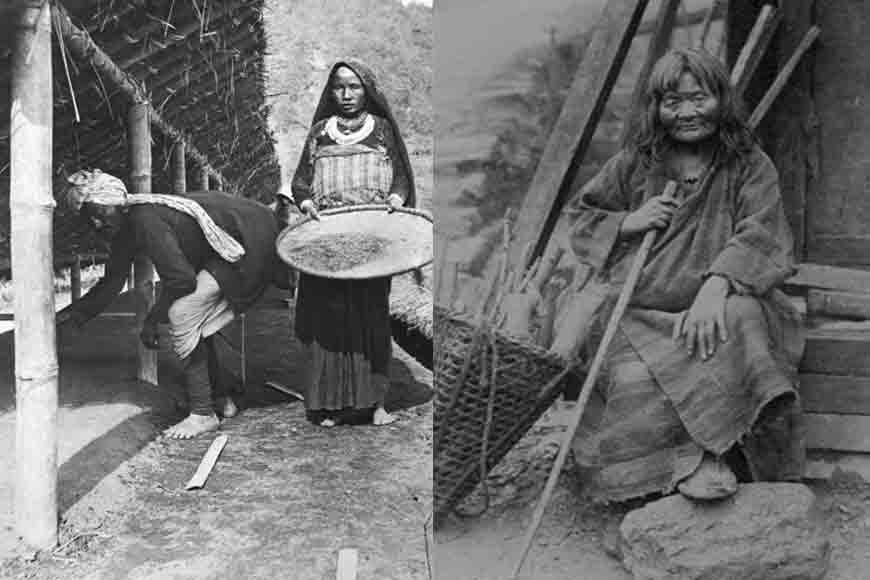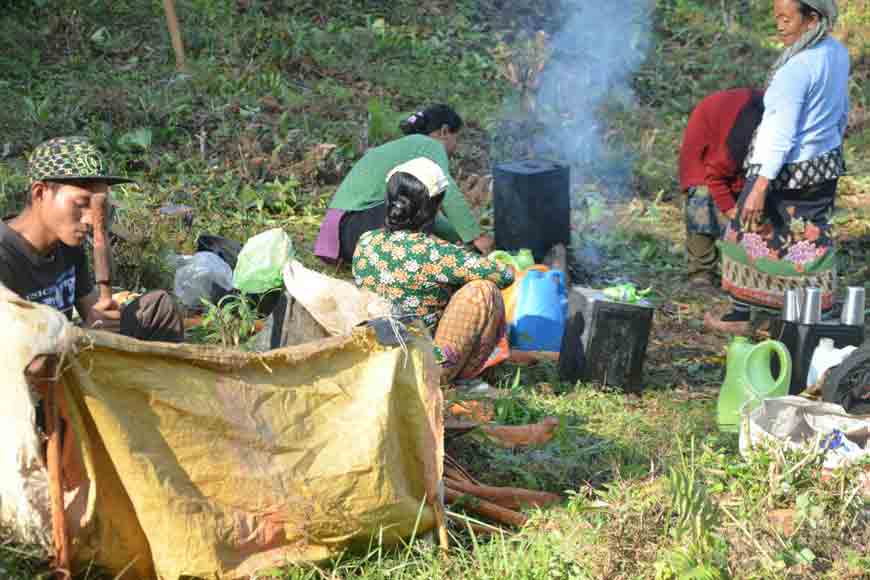Cinchona Plantation of Bengal -- Then and Now

Dr Samuel Rai, Director of Cinchona Directorate, Mungpoo, shares with GB tales of Cinchona plantation from the days of the British Raj
Cinchona is harvested in a traditional method during November-February, for which the entire plant is cut and the bark is removed right from main trunk to smallest branches by beating with a wooden hammer. We requested Mr Bikal Rai, an innovator from Sikkim who had just initiated the work. But he wanted to pursue higher studies and joined Engineering College last year.We have requested Mr Subroto Manna of Darjeeling KVK who is working on it now. We are hopeful that one day we will be able to remove barks mechanically from Cinchona plants.

The British authorities in India started Cinchona cultivation in late 1850s. Initially at Ootacamund (present Ooty) followed by Darjeeling and Sikkim, Ceylon (present Sri Lanka), and few other hilly areas. It was very difficult then but with the passage of time, the cultivation practices improved and changed. During both World War I & II, Cinchona played a vital role because during those days, out of ten soldiers, eight used to get hospitalised due to malaria and not for war related injuries. So, Cinchona plants from which the malarial drug quinine was extracted literally played a vital role in saving lives of soldiers.

Later, all other plantations were closed down, except the one in Darjeeling that is still experimenting with this unique medicinal plant and trying to revive its lost days of glory.










